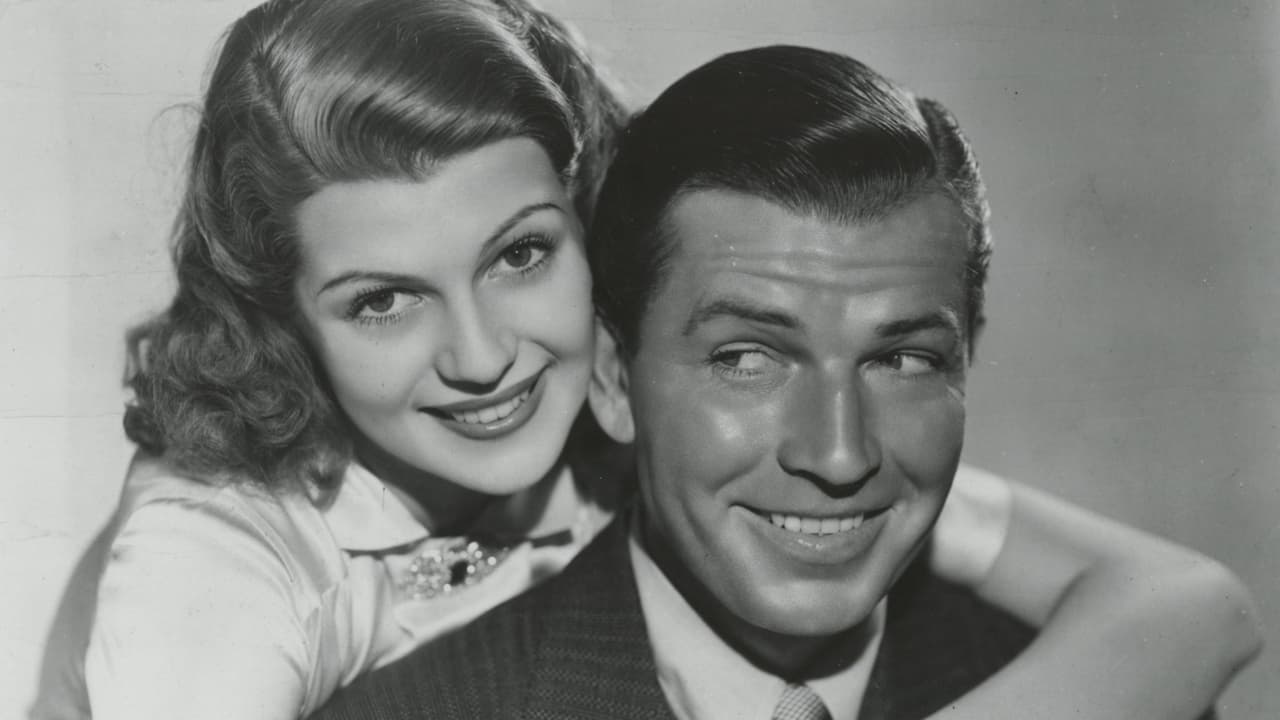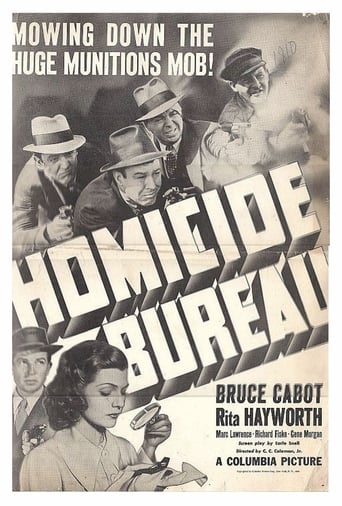

With the US just about to enter the war, Hollywood started to bend toward the mission. This is a rather interesting and peculiar case.Its an ordinary police procedural, with a tough cop, someone who yearns for what in movieland was "the good old days" when he could just beat crooks up. But the world is different now, presumably because the characters have to rise to the moral challenge. That's the first striking change we see.But there are two others, and the way they are spliced in makes it easy to imagine the script planning discussions.Early in the war, planners thought it would be short and determined by the ability to manufacture things fast. Since the pipeline for steel was longer than they thought the war would last, and had other problems, the idea was to call in the nation's scrap. So this plot has evil profiteers diverting scrap to enemies. This plot point is screwed a bit when we learn there is more deadly cargo included, but I suppose they thought it sufficient to just mention scrap and its importance.The other change is the movement of women into men's jobs. In this story there's a completely inessential line about Rita Hayworth taking over the job of chief forensic scientist and proving her mettle. Naturally, she still is a romantic interest who gets won by the tough cop.Ted's Evaluation -- 1 of 3: You can find something better to do with this part of your life.
... View MorePolitical ironies abound as hopelessly right wing L.A.P.D. investigator Bruce Cabot bridles under foolish legal restraints conflicting with his tried and true police state methods such as breaking and entering, unlawful searches and seizures, and beating up suspects.Particularly frustrating are naïve wealthy liberal matrons who misguidedly protest violations of evildoers' constitutional guarantees.The pre-Patriot Act bad guys are colluding with warring foreign powers (read 1930s Japan and Germany) wanting American scrap metal for munitions.Youthful lab chemist Rita Hayworth (modernly called a forensic investigator) does precise scientific sleuthing with her amazing Spectrograph, a wondrous device that tells all, even resulting in a marriage proposal from callous cop Cabot whose police brutality contributes to the gang's downfall.A laughably bad film, concluding with the police commissioner apologizing for hampering his "coppers" with "too many kid gloves." Clearly illegal police procedures win the day keeping America's junkyards safe from hostile foreign dictatorships.Demonstrating versatility, actor Marc Lawrence, later blacklisted in the anti-Communist 1950s, plays a fascist thug.
... View MoreBruce Cabot is a detective who is angry that so often gangsters get away with their crimes because of stupid things like the Bill of Rights! When time and again the cops are thwarted, he suggests pretending these civil rights no longer exist (or at least temporarily put on hold). At one point, he says basically "just let me beat the truth out of him" to the Captain! However, despite this start, the film is actually NOT a "let's beat the gangsters to a bloody pulp" film, but excels at showing the forensic work the police and police labs (headed by Rita Hayworth in a bit of unusual casting) do in order to catch criminals. Plus, in order to keep the film from being too cerebral and low-key, there is some dandy action as well--particularly during the exciting ending.While so often the term "B-movie" has come to mean a cheap or badly made film, HOMICIDE BUREAU is evidence that just because the production values are lower than a big-budget film doesn't mean the film is second-rate. Sure, Bruce Cabot and the then unknown Rita Hayworth were not particularly famous at the time, but they were good actors and the writing is far better than a typical crime film. In fact, compared to the gangster and cop films being made by rival (and bigger budget) studio, Warner Brothers, this Columbia picture seems far more realistic and less formulaic. One reason the film worked so well is that I THOUGHT by introducing Miss Hayworth that the film would become a clichéd "women have no place in a man's world" diatribe, but the fact that she was a woman (and a beautiful one at that) was not an important part of the film--the police came to accept her very quickly and the film centered instead on good old fashioned police work. The bottom line is that the film still holds up well today and held my interest throughout.
... View MoreWith all the criminal forensics displayed on television these days it's a surprise to see a late version thirties version of it. Avoiding the autopsy part, RIta Hayworth playing a forensic expert examines murder weapons and other physical evidence. Nobody makes a big deal about her gender except at first. I was expecting to see her quit and get married by the end of the film but surprisingly she never even comes close to thinking about it. While a major part of the movie, the forensics is second to the main topic of the movie, police brutality.The police force is under new rules passed by the city council preventing the police from roughing up the suspects. The officers chafe under the restrictions just hoping for a chance to torment the apparent villains into a confession. The brutality isn't shown, just alluded to, except in a scene where the hero cop breaks into a crook's apartment and throws him around until an accident nearly kills the crook. There's also a scene where the city politicians react to a dragnet that the police do in a desperate attempt to solve a murder.It actually interesting until the point where the standard B movie plot dynamics take over and the film reverts to typical matinée cops and robbers complete with a kidnapping, a silly shootout and eventual redemption for the tough guy hero. The police brutality topic is, unfortunately, dropped.Pretty good except for the standard ending.
... View More